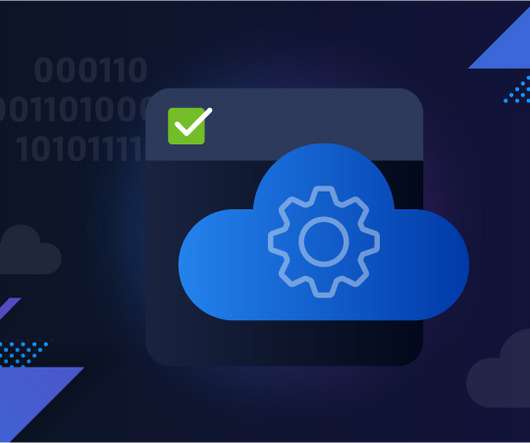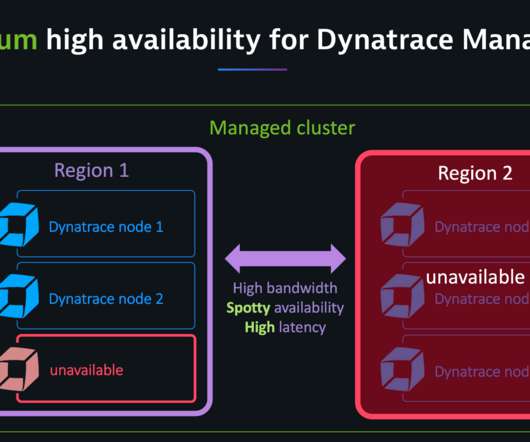Path to NoOps part 2: How infrastructure as code makes cloud automation attainable—and repeatable—at scale
Dynatrace
NOVEMBER 29, 2022
Infrastructure as code is a way to automate infrastructure provisioning and management. In this blog, I explore how Dynatrace has made cloud automation attainable—and repeatable—at scale by embracing the principles of infrastructure as code. Infrastructure-as-code. But how does it work in practice?

























Let's personalize your content